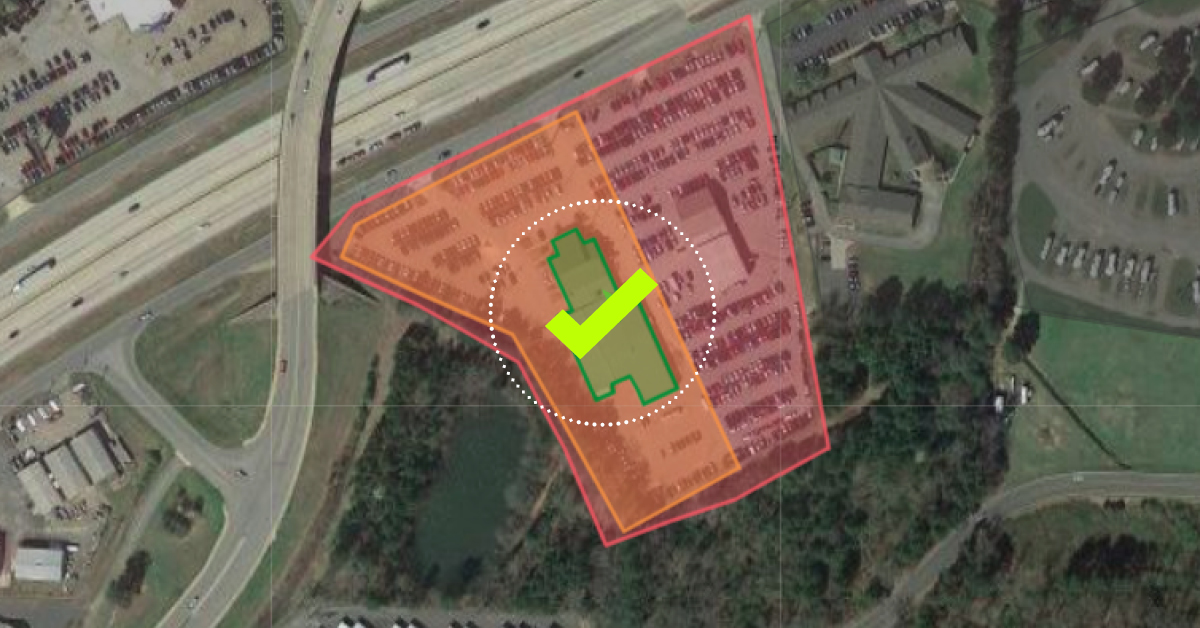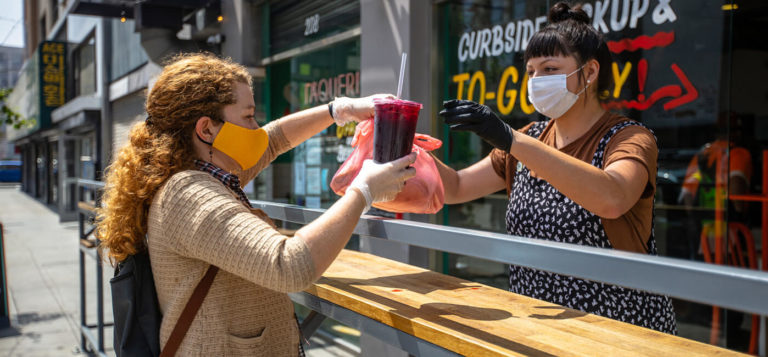By now we’ve all heard of location targeting and the benefits of being able to deliver a message to a potential client in exactly the right place and time. It’s great to know that such services exist, but have you ever wondered how it all works?
How to Effectively Target Potential or Returning Clients:
In order to effectively target potential or returning clients with pointed and relevant messages, geofencing marketing providers need to be able to perform three critical functions:
- 1) Interpret Mobile User Location Signals
- 2) Map the World
- 3) Measure Visits
1. Interpret Mobile User Location Signals
There’s a lot of data floating around out there; the trick is to be able to collect it and to filter out inaccuracies. Given the masses of information—including timestamps and the user’s latitude and longitude, country, operating system and type of device—that can be a complicated job.
At GroundTruth, we have our ways—several of them. For starters, if the exact position of a device is unknown, it may register to a default location in the center of a state or geographic area, called a centroid. Whenever GroundTruth spots a centroid, we know we are working with inaccurate location information.
Another trick is detecting fraudulent signals. GroundTruth works with a global intelligence platform to root out invalid traffic. We also scrub for accuracy by recognizing the patterns of random data and removing it.
IP signals can also be imprecise, at times indicating the location of the data server and not the customer. GroundTruth is able to see when this is the case and doesn’t accept location information originating from a carrier’s IP. Also, devices sometimes emit outlier signals, making them appear to be in two distinct locations within a short period of time. We are able to tell that one of these signals is not authentic and eliminate it from our data.
2. Map the World
The next thing location providers need to do to reach relevant consumers is to contextualize the location data they receive from user’s devices by mapping them to real-world places. Even if someone can pinpoint where a user is through a lat/long, they don’t necessarily know what store, restaurant, or business is at that location. When it comes to location marketing, the ability to interpret user signals without a way to map the world is meaningless.
To add context, some start with the zip code. That lets them see the general area a person is in. While useful, it’s not enough, so from there they might move to IP addresses, which ties a specific device to a network. That allows them to see where the connection is coming from, but it still isn’t accurate enough to put a user inside a specific building. Some providers drill down even more, looking at the radius around a store address and, from there, home in even further by drawing a radius around the center of a store, which makes it less likely that they’ll capture other establishments that might sneak in.
Drawing the radius around a store could capture other areas, however, such as a home or a neighboring street, and waste ad impressions on people with no intention of shopping at that location. Instead, some consider parcel data, looking at how land is divided up for ownership, use, and taxes. And some rely on beacons—a buzzword you’ve probably heard before. If beacon marketing works, the information is accurate enough to tell us detailed information like what aisle a shopper is in. However, these devices have to check quite a few boxes before they work. They rely on Bluetooth to pick up and send location signals, so a shopper has to have Bluetooth on, and they only work if a retailer installs and maintains the required hardware in their locations, which is not a scalable solution for large brands with many locations.
Here at GroundTruth, to add specificity, we go one step further and draw polygons through our mapping technology, Blueprints, which trace the exact shape of a store or point of interest. This allows us to confirm that when we receive a lat/long, we can match that location with visitation to a specific brand or place.
3. Measure Visits
Once you know precisely where a store is and how to figure out exactly where a user is, you can match the two to confirm someone visited a particular place. It’s that alchemy that allows us to activate effective location-based ad campaigns. At GroundTruth, we look at a variety of other factors, too, including whether the user is an employee of the store, if their visit took place during store hours, how long the person was in the store and how fast they were moving.
Each of these steps is critical in providing the most accurate information possible so that you can deliver impactful messages to your clients. The clearer a picture you have about a user’s day-to-day movement and behavior the better informed your marketing strategy will be.





